ENTER YOUR EMAIL TO RECEIVE OUR WEEKLY NEWSLETTER
Real Estate—New York-Style
Should you sell? Should you buy? A savvy, straight-shooting realtor weighs the options in this singular city
By Gabe Leibowitz
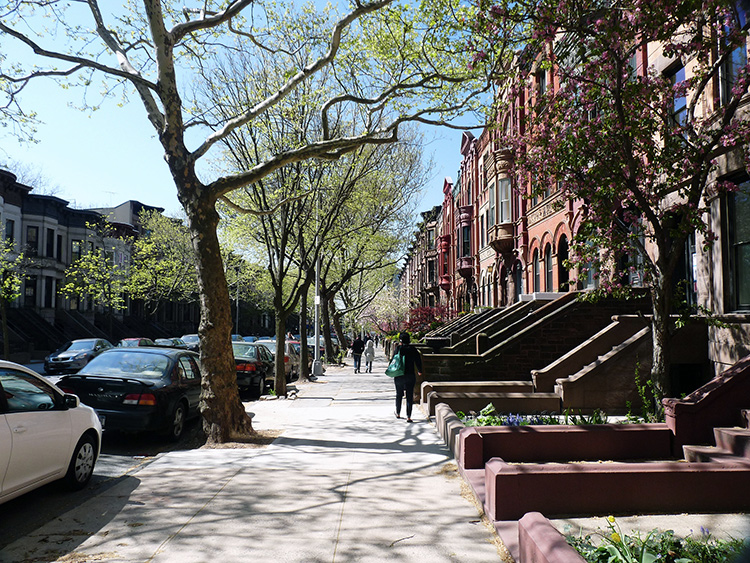
West Village-y, but not nearly as pricey: A Park Slope street, notable for its Victorian-era townhouses. Photo: Karl Norling/Flickr.
. . . . . . . . . . . . .
March 15, 2023
The kids are out of the house, and you’re ready to downsize—let’s say. And/or maybe you’re craving a change in scenery after years in a particular neighborhood or living in a particular style of home. Whatever the situation, considering such a major life decision is likely laden with uncertainty. Knowing when, and how, to go about such dramatic change is tough, and when we throw a lifetime of memories and history into the mix it’s rendered tougher still.
I can speak to this from personal experience, as my parents continue to reside in my childhood home: Astor Court, on 89th and Broadway. They’ve been there since 1973, and periodically throughout my adult life have discussed possibly moving somewhere fresh, elsewhere. Ultimately, myriad factors—potential capital gains taxes; neighborhood comforts; fear of undergoing a huge change—have kept them from ever advancing the conversation beyond the theoretical. Looking back (and ahead), it’s clear that staying put was, and is, the right choice for them (especially for my dad, who would certainly struggle adjusting to life without Zabar’s and Fairway). That said, the right decision for my parents isn’t necessarily the right choice for everybody else, and no two properties, owners, or situations are the same.
Over nearly twenty years as a residential broker—and a lifetime as a New Yorker—I’ve worked with countless clients who, unlike my parents, decided it was, in fact, the right time to begin a new chapter. But because there’s no universal answer as to if or when to go about selling a home, how do you decide on something so impactful with confidence and clarity? Following are some frequently-asked questions that I’ve helped clients sort out over the years.
First, who am I?
After growing up on the Upper West Side, as mentioned, and graduating from Brandeis in 2001, I returned to the city and began piecing together an income stream writing film reviews and playing poker. (Both remain passions today!) Once I met my wife in late 2004, though, it was time to figure out a more stable career. I stumbled into real estate completely by chance—I don’t think I ever knew what a broker was before that; my dad, Herbert Leibowitz, ran Parnassus, a poetry magazine, for 40-plus years, and my mom, Susan Yankowitz, is a playwright, so I didn’t exactly grow up in a business-friendly household!—and quickly fell in love with the industry. Everything about guiding others through homeownership, or on the next steps of their journey, felt exactly right for me.
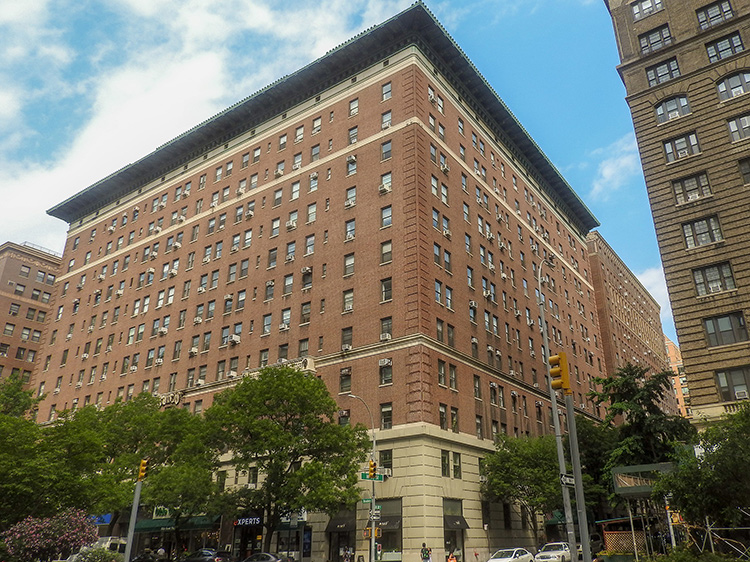
Pre-war and block-long: An Upper West Side specialty, where the author grew up. Photo: Jim Henderson.
. . . . . . . . . . . . .
How is the market today?
New York, like a few other big cities, is its own entity when it comes to real estate. We don’t follow national trends. There’s a lot more money here, a lot of people, and a lot of demand. Do things slow down during tougher times? Absolutely. The first six to nine months after COVID began, for instance, were extremely slow. After all, New York shuttered is a giant ghost town, which led to those with means fleeing the city for safety, temporarily, at least.
Even at the time, though, I had an insider’s view of the so-called exodus and noticed that the vast majority of escapees fit one of two profiles: (a) they’d already been thinking about leaving, and COVID gave them a sense of urgency; or (b) they were pied-à-terre owners. If you think about it, that makes sense. The former were reminded in stark detail of the advantages of expansive indoor square footage and plentiful outdoor space; the latter had no immediate reason to utilize their apartments at all, in most cases, and had no clear idea of when life would begin to normalize again. So the market slowed to a crawl.
But once COVID vaccines became available, the market exploded for sales and rentals alike. With the city reopened and normalcy feeling achievable again, pent up demand surged and bidding wars raged through almost all price sectors. It took substantially rising interest rates to slow things down at all after a year+ of pure, post-COVID chaos. Which takes us to now. There’s no question that those pesky rates significantly slowed transactions from the second through fourth quarters of 2022, though they’ve now, thankfully, stabilized and down significantly from their highs.
But did those rising rates shut down or tank the New York market? No. There were fewer bidding wars, certainly. And overpriced properties were much more likely to sit on the market for longer without even attracting lowball offers. Transactions, though, continue to happen throughout all sectors, and as the shock-and-awe of the summer’s wild rate hikes wears off and today’s environment becomes the new normal, the market will heat up. That’s something I’m already seeing.
Aside from New York’s unicorn stature, take this current mortgage situation. Google the 30-year fixed rate today, and you’ll get a number that in no way reflects what you’re likely to wind up borrowing at. Primarily, that number only applies to what’s known as a conforming loan, which as of early 2023 is now a loan of $726,000 or less. Jumbo loans, which make up a good chunk of the New York market, are cheaper in today’s market. And on top of that, there are endless products that banks can offer, ranging from adjustable rate loans to relationship discounts, to lower that number further.
So the short answer is—the present is a perfectly good time to move into your next phase. There are always caveats: macro situations can arise, economic conditions can sharply change without notice, and most importantly each property must be evaluated individually for a truly relevant answer. But there’s plenty of activity out there right now, and attempting to time the market rarely works out—it’s too inexact a science. I have way more clients kicking themselves for not making a move than ones who regret the moves they have made.
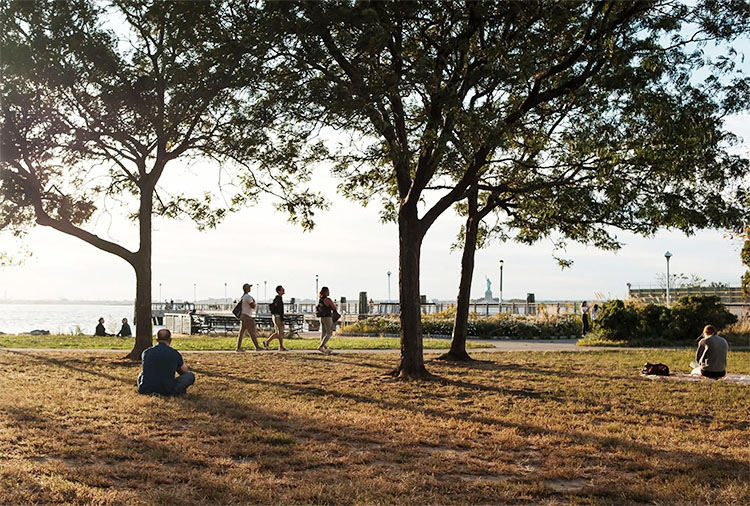
Edge of the city: Expansive view of New York Harbor and the Statue of Liberty, seen from the Red Hook waterfront. Photo: Eric Hsu.
. . . . . . . . . . . . .
Which are some currently hot neighborhoods, or the best places to get a deal?
It comes down to what you prioritize. Williamsburg, for instance, is, on average, very expensive because the vast majority of its inventory is either waterfront new development or old lofts. Are there exceptions, like smaller tenement-style buildings or the like? Sure! Tons of them. But then you get to all the other small variables that make up what a deal looks like. A block’s curb appeal. Proximity to the subway. (Greenpoint and parts of Bedford-Stuyvesant are other examples of that particular element’s turbulence.) The list goes on.
I like to propose alternatives to a first choice based on architectural/vibe similarities. If you’re looking for a neighborhood like the West Village, without paying West Village prices, consider Park Slope; if you’re still priced out, Fort Greene, Clinton Hill, or Bed-Stuy are great options. If you’re tempted by the suburbs but hesitant to take such a plunge, look at Bay Ridge. (Disclaimer: I live there now, love it, and have worn down multiple close friends into joining the fun. Only 25 minutes to Tribeca via express bus!) And then there’s the question of building style—for example, neighborhoods like Bay Ridge have precious little new development due to limited sites and tight zoning restrictions. Conversely, Crown Heights has many new housing options. So has Long Island City—exceedingly popular for those who want water views and doormen in new construction.
You can take this exercise and run it with any contrast you want. Neighborhood to neighborhood, borough to borough. Some areas will offer a better price per square foot—each time, the question is why. It could be an overabundance of supply, like the Upper East Side. It could be Battery Park City, which feels overly manufactured to a large swath of the population and generally has very high property taxes—but also boasts excellent views and some strong value for those who don’t mind those things and plan to stay a while. You get the idea. Whether a place is wholly established, like Gramercy, or rapidly growing in popularity, like Harlem or Red Hook, there’s always a personalized story. It’s a crucial part of the conversation regarding next steps.
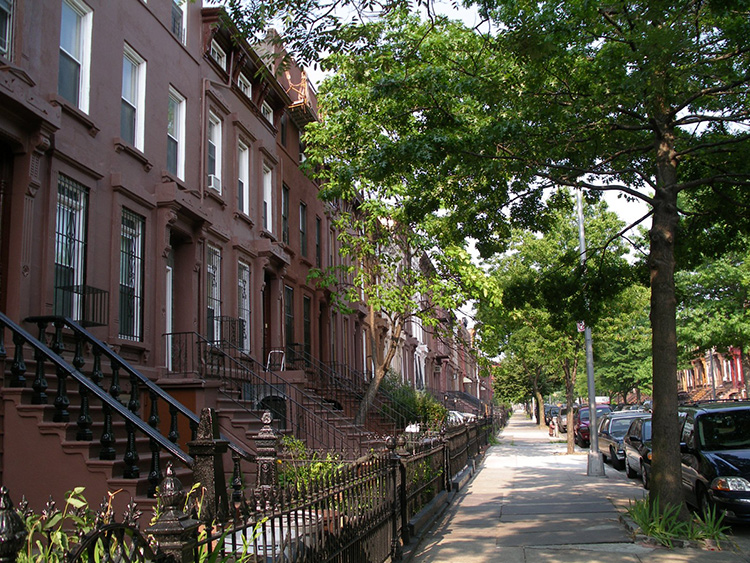
Brownstones galore: A tree-lined street in Bed-Stuy. Photo: Matthew Rutledge/Flickr.
. . . . . . . . . . . . .
You live in a townhouse (or large apartment) but no longer need so much space. Which factors should you consider?
First, decide is if you want to remain in Manhattan/Brooklyn/etc., or if you want to leave the city altogether. If it’s the latter, then it tends to be a little easier—New York City real estate is generally much more expensive than are larger properties elsewhere. So, financially it should be fairly easy to swap homes and still have a good chunk of change left over. If you have no interest in leaving the city, there’s more to ponder, but you’ll normally be able to buy a smaller home that checks off all the boxes and comes with amenities to make life easier and more convenient—sweeping views, fancy renovations, or the precise block you’ve always dreamed of living on. Assessing a home’s value is, of course, case by case. Much of what you can realistically expect to fetch on your sale comes down to your home’s condition and its location. And there’s a further consideration, when looking strictly at the financial side of things: those aforementioned capital gains taxes. You’ll want to speak to your CPA to get a sense of what your liability looks like on that front; the last thing we need is to see our total proceeds come in at a significantly lower number than expected, because of Uncle Sam.
Should you buy again right after the sale?
I often recommend renting for a year before purchasing in a brand new area. Passing time somewhere isn’t the same thing as setting down new roots. You want to avoid a case of buyer’s remorse, which could lead to having to deal with multiple transactions in a few years’ time. Not only is that exhausting, but it’s taxing on the wallet in the form of additional closing costs.
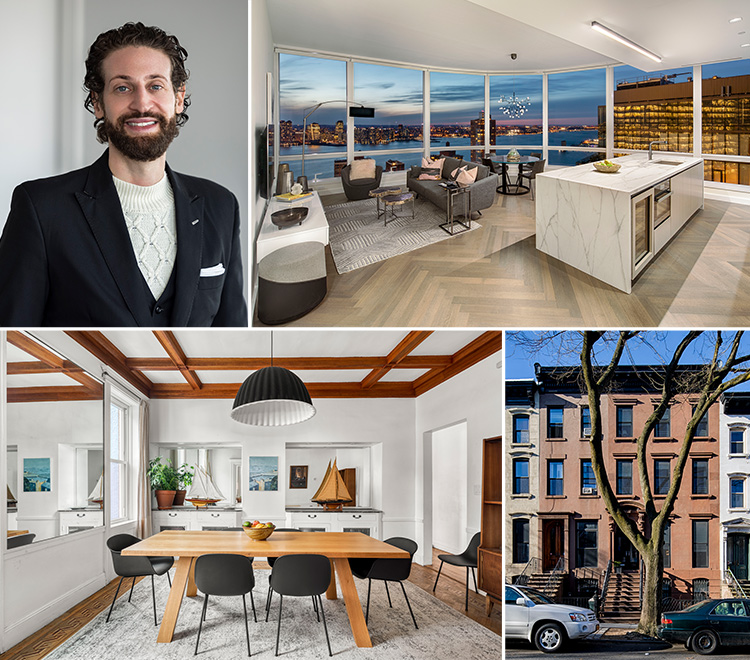
A realtor’s photo collage: The author, along with interior and exterior views from his past listings.
. . . . . . . . . . . . .
Condo vs. co-op vs. house? What’s the difference?
On the sell side, not much! For a co-op, your broker will have to be extra-thorough about vetting the financials of the perspective purchaser and make sure they qualify: every board has different requirements, and you certainly want to avoid a rejection based on sloppy due diligence on the buyer’s credentials. Those variables don’t apply to a condominium, where the building would need to exercise its right of first refusal to block a sale and buy the apartment itself—which is an exceedingly rare occurrence and wouldn’t impact your bottom line anyway. Nor do they apply to a private house—though you’ll still want your broker to make sure that funds are in place for a smooth transaction.
On the buy side, there’s a good deal for you to ponder and weigh. If you’re downsizing or an empty nester, buying a townhouse—even, theoretically, a much smaller one than you’re leaving—might be more work and management than you want. If you’re going to be back and forth between two homes, you’ll need to make sure that any co-op you’re interested in doesn’t have any restrictive pied-à-terre/primary residence rules; you’ll also want to look into the sublet policy if you envision renting out the apartment for stretches. Condos (and houses, of course) don’t generally have the same cumbersome regulations and restrictions as most co-ops…but, they’re also more expensive for that very reason. For that reason, I don’t generally advise ruling out co-ops unless you’re pretty sure that some specific prohibitions will impact you directly. And houses normally have much lower monthly carrying costs per square foot than apartments (due to the lack of common charges/maintenance costs and different tax rules). So it’s important to be sure you fully understand your total out-of-pocket monthly carry and that you’re comfortable with that number going forward.
Variables
If you haven’t moved in a while, you might not know where to start with listing your criteria for your next property! Here are a few things I like to bandy about with my customers in that situation:
FLOOR: Do you like a high floor, or do you prefer gazing at treetops? Remember, you can renovate a kitchen, but you can’t renovate an impeded view! Unless you love living in the dark, be sure that you’re happy with your exposures and that there’s no new development planned nearby that might block them.
RENOVATION: Are you up for a project? If so, that’s a great way to find value and upside while being able to customize your new home to your tastes! That extends even to fairly small projects, such as redoing the kitchen and bathroom in a 1BR. It’s a terrific option if you’re into it. Just be sure that you have the time, liquidity, and stomach to handle a larger job. There’s lots of red tape with filing with the city and, in the case of condos and co-ops, obtaining building approval.
NEIGHBORHOOD: I touched on this briefly above when discussing what to do after selling, but what about further specifics on various areas? It depends! If you’re looking for a new development, for instance, with all the bells and whistles, there are certain parts of the city—ones with severe oversaturation of supply—where you can get a pretty good deal, relatively speaking. Others are wildly expensive, so you’ll need to be willing to pay up. Have you considered Brooklyn if you’re leaving Manhattan? Or perhaps vice versa if you’ve never actually lived in Manhattan before? If you’re a pre-war sort of person, then some blocks on the UWS and Park Slope might give you a lot of what you thought only existed in the West Village. Unless you’re really honed in on what you want, I always suggest touring a number of neighborhoods before pulling the trigger. In general, previous clients of mine have felt an extra level of peace of mind after doing so.
I’ll close by noting that if you’re both a seller and a buyer, all these factors tend to even out. If you’re going to fetch a bit less on the sell side, chances are good you’ll make it up on the purchase end—at the very least! The bottom line? I’ll repeat what I noted above: if now feels like the time for you to consider a move, there’s not a compelling reason to wait on looking into it. Have an expert stop by, give you his or her professional opinion, and start dreaming about the next phase!
Gabe Leibowitz lives in Brooklyn with his wife, essentially-a-teen son, and their beautiful and goofy standard poodle, Sirius Black. Aside from functioning as a realtor, he’s an avid cinephile (whose movie reviews can be found on Letterboxd). Email: gabriel.leibowitz@elliman.com.











